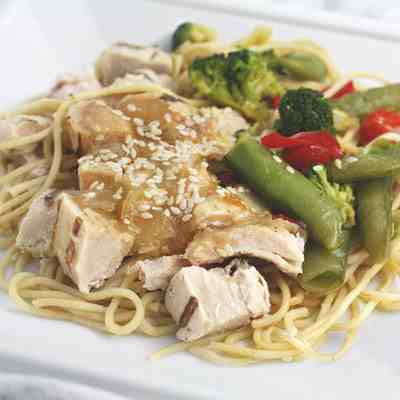6 Ways to Control Potassium Levels to Manage Renal Disease

Control Potassium Levels to Manage Renal Disease
When you have renal disease, your kidneys can't keep up with the demand to regulate fluids and waste in your body. So you have to find a different way to do it. Medication can help. So can your food choices. One nutrient that you need to regulate when you have renal disease is potassium.
You need potassium to keep your heart beating properly. And your muscles need potassium to help you move and lift things. But when potassium levels get too high, you could have a heart attack, or you might feel weakness, numbness, or tingling in your muscles. You want to avoid both from happening. Here are some things you can do
- Avoid or limit foods high in potassium. Bananas, spinach, broccoli, potatoes, fish, and legumes are some of the foods to avoid with hyperkalemia.
- Eat a variety of foods in moderation, but avoid foods high in potassium.
- If you do eat foods high in potassium, leach them first. Here's an easy way to leach root vegetables. Peel and slice thinly. Rinse in warm water. Soak for two hours or longer in large pot of water. Rinse in warm water. Cook in large pot of water.
- Do not drink canned fruit juice, canned vegetable juice, or juice from canned meat.
- Pay attention to portion sizes, because almost all foods have some potassium.
- Follow directions from your doctor and dietitian and take all medications to manage renal disease.
So what can you eat when you have renal disease? That question came up a lot when we talked with healthcare providers of patients with renal disease. So we worked with a registered dietitian and a team of professional chefs to come up with some healthy and tasty meals just for you (and we're working on more).The result: 26 meals you can enjoy for breakfast lunch or dinner. Check out the Renal-Friendly menu.



 INSURANCE CUSTOMERS CLICK HERE!
INSURANCE CUSTOMERS CLICK HERE!
